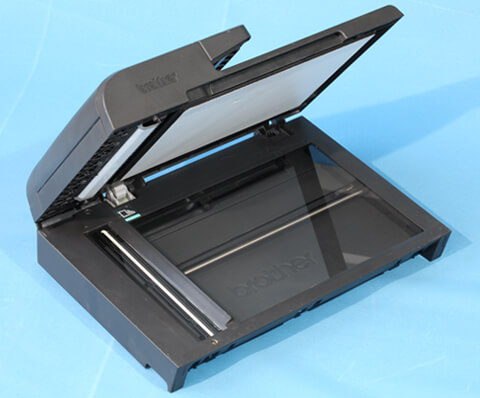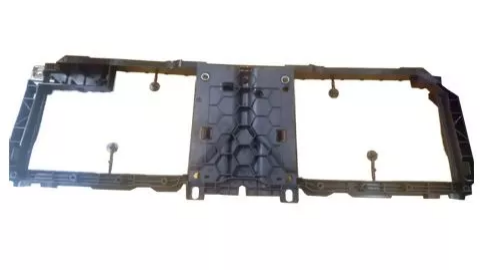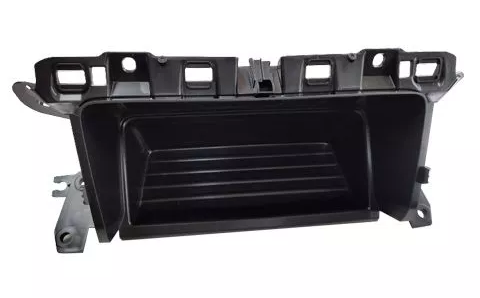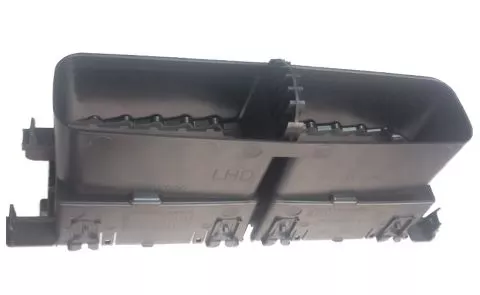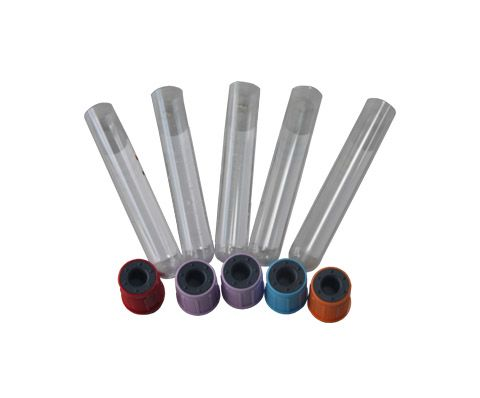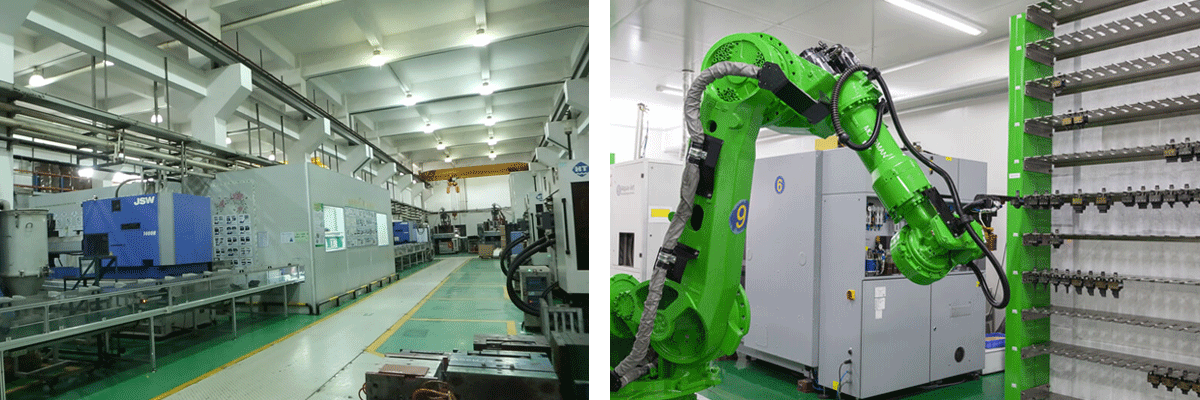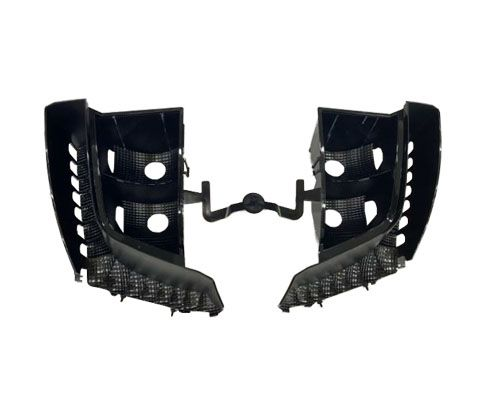What are the plastic molding techniques?
The molding of plastic materials is the set of all those technologies which, thanks to the use of a diy plastic injection molding machine. It allows the production of components in polymeric material. Over the years and with the development of increasingly advanced technologies. The types of molding have differentiated according to the:
- Material to process
- The shapes to obtain
- The physical characterization that the final product must assume
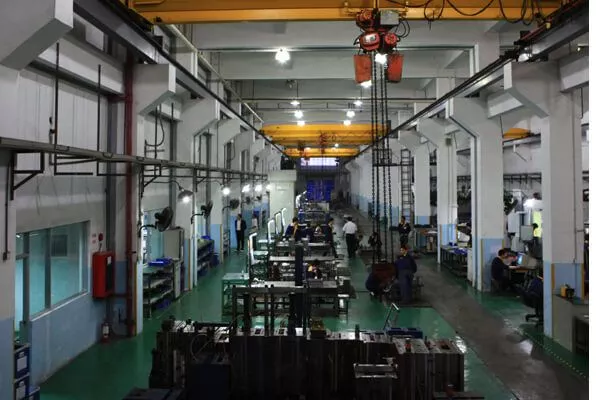
The techniques that are most widespread today are the following:
Compression molding: rubber vulcanization process
It essentially consists of the rubber vulcanization process. The mold that gives it its final shape is in steel or aluminum. Depending on the shape of the product to produce. It is easy to make up of several parts in order to facilitate its removal when the molding completes.
The diy plastic injection molding machine for this type of molding is a press on which the mold fix to the working surface.
The working pressure varies from a few tens to about 850 tons. The worktop thermally control: in relation to the elastomer being processed. The electrically heated surface works at a temperature between 140 and 180 degrees. This type of molding is very flexible because it allows inserts of various kinds to incorporate into the product.
Polymer injection molding: an industrial process
It is an industrial process in which the plastic material heats and melts under high pressure into a closed mold. It will then open when the material has solidified.
Both the injection pressures and the temperatures of the material in diy plastic injection molding machine being processed are very high. This to allow easier sliding of the plastic material in the ducts of the machinery and in the mold itself. The machinery dedicated to this process is the so-called injection press which comes up of two main parts: the injection group and the closing group.
The first has the function of bringing the material to the melting temperature and, once plasticized, of pushing it into the mold. The closing unit, with hydraulic or mechanical operation, ensures the clamping of the mold.
Diy plastic injection molding machine with reaction
Injection and reaction molding, also known as RIM, Reaction Injection Molding. It is a process that uses polyurethane compounds for the production of large-sized products. Originally, its development dates back to the 1950s, it was mainly common in the automotive industry.
This technique involves the use of two components in the liquid state before transfer into the mold: the Iso fraction, which contains isocyanates, and the Poli fraction, which contains hydroxyls.
The dedicated machinery comes with an aluminum mold inside which the polymerization and solidification of the material takes place. The modern technology that the diy plastic injection molding machine come with allows the creation of objects of all sizes.
Thermoforming: use of vacuum or pressure plates or films
This molding technique starts from vacuum or pressure plates or films. In the first case, the preheated sheet adheres to the mold by suction, assuming all its surface sensuosities.
In the second case, the sheet rests on the sheet due to the pressure applied with air which also speeds up its cooling. Thermoforming is particularly suitable. If the quantity of pieces to produce is large and production times are short and even if the batches to produce are different.
Machine is very versatile and flexible
By its very nature, a diy plastic injection molding machine is very versatile and guarantees a very high production flexibility especially if the thickness of the pieces is very thin. Generally, this machine is common for food-grade trays, blisters, Abs trays but also for internal cases of household appliances and finishes in the automotive sector such as panels and coatings.
Blow molding for a hollow shape
Blow molding is a technique common to give the plastic material a hollow shape. The most classic examples of this variant of plastic molding are produced as bottles, flasks and containers with very small opening compared to the other sizes.
Blow molding obtains with a jet of powerful compressed air blown into a preform in such a way that the worked object inflates and takes the shape of the mold that contains it. Once cooled, the object extracts from the mold and the processing complete. Machines for this type of molding usually equips with an extruder to make the preform.

Diy plastic injection molding machine for important dimensions
Rotational molding or rotational molding, is the molding technique common for the production of hollow products of important dimensions. The process consists of introducing plastic powder into a hollow mold which is then rotated on two axes.
At the same time, the mold heats to melt the material and make it adhere evenly to the walls. The mold is usually built with a composite material such as aluminum.
As in the other cases, cooling and extraction of the finished product, which is often manual, follow. The typical products of roto moldings are vases, bins, boats, furniture and toys.
Diy plastic injection molding machine for molding plastic materials:
Plastic material molding machines are sophisticated and highly technological equipment. Buying new ones often coincides with an excessively demanding economic effort for every type of company, whether it is opening or relaunching. Second hand is a viable solution, as long as it is efficient and guaranteed machinery.
In these cases, the unknowns are numerous and critical, difficult to dispel with only a basic competence of the subject. Most of the time it's like buying a pig in a poke and the game isn't worth the candle. The savings on the purchase can cause unpleasant inconveniences even in the short term.
When buying common machinery becomes a problem
On the web, there is no shortage of offers for diy plastic injection molding machine for plastic molding. Some affordable and reliable, others cheaper and often of low quality. Bankruptcy auctions of industrial machinery and plants are a solution to the problem. In all likelihood, the best.
The prices with which you can get a fully functional and well-maintained machine unmatched, neither on the Web nor in the traditional market. Industrial Discount is a platform that manages bankruptcy auctions of industrial machinery on behalf of the competent Court.

